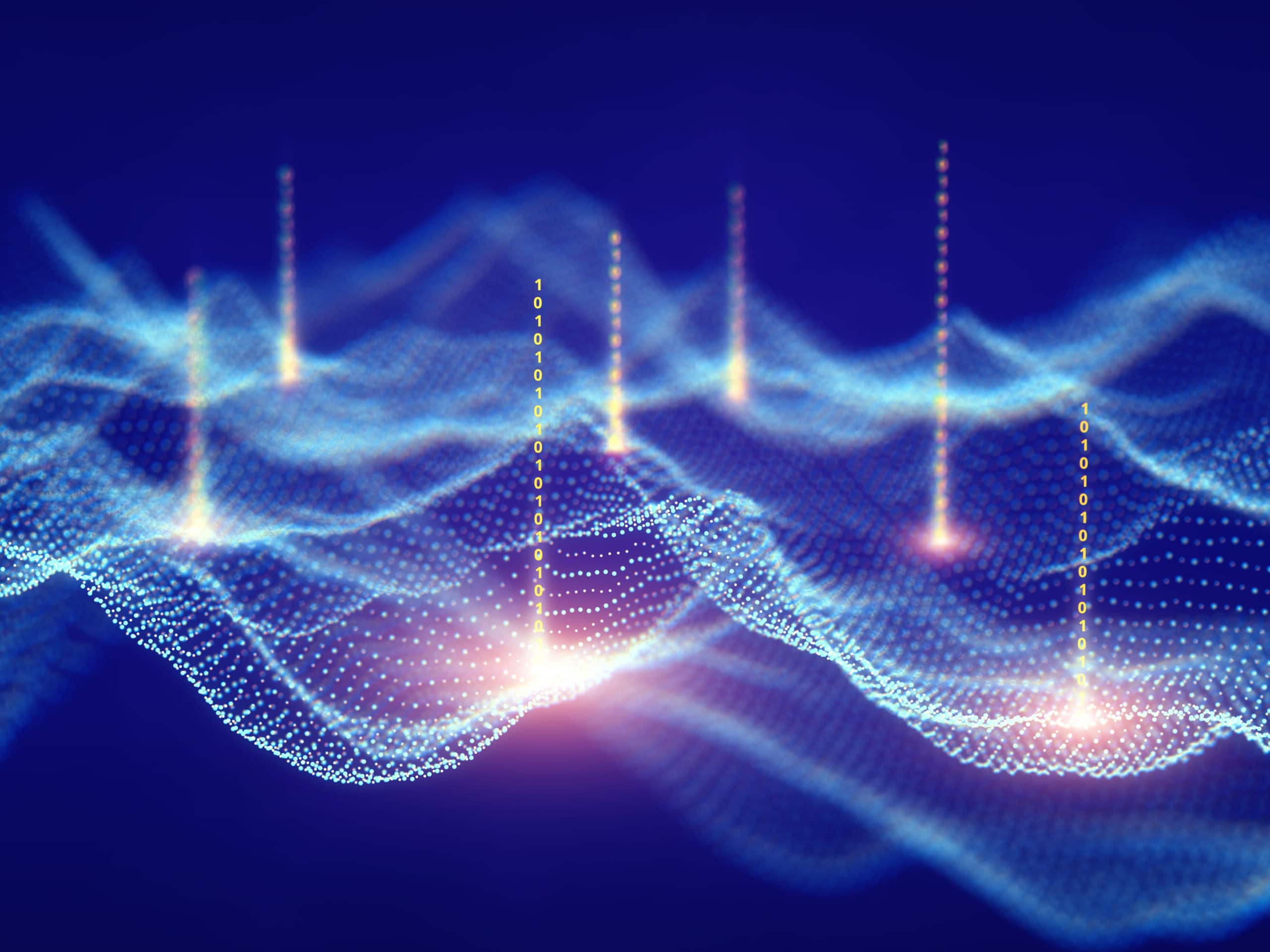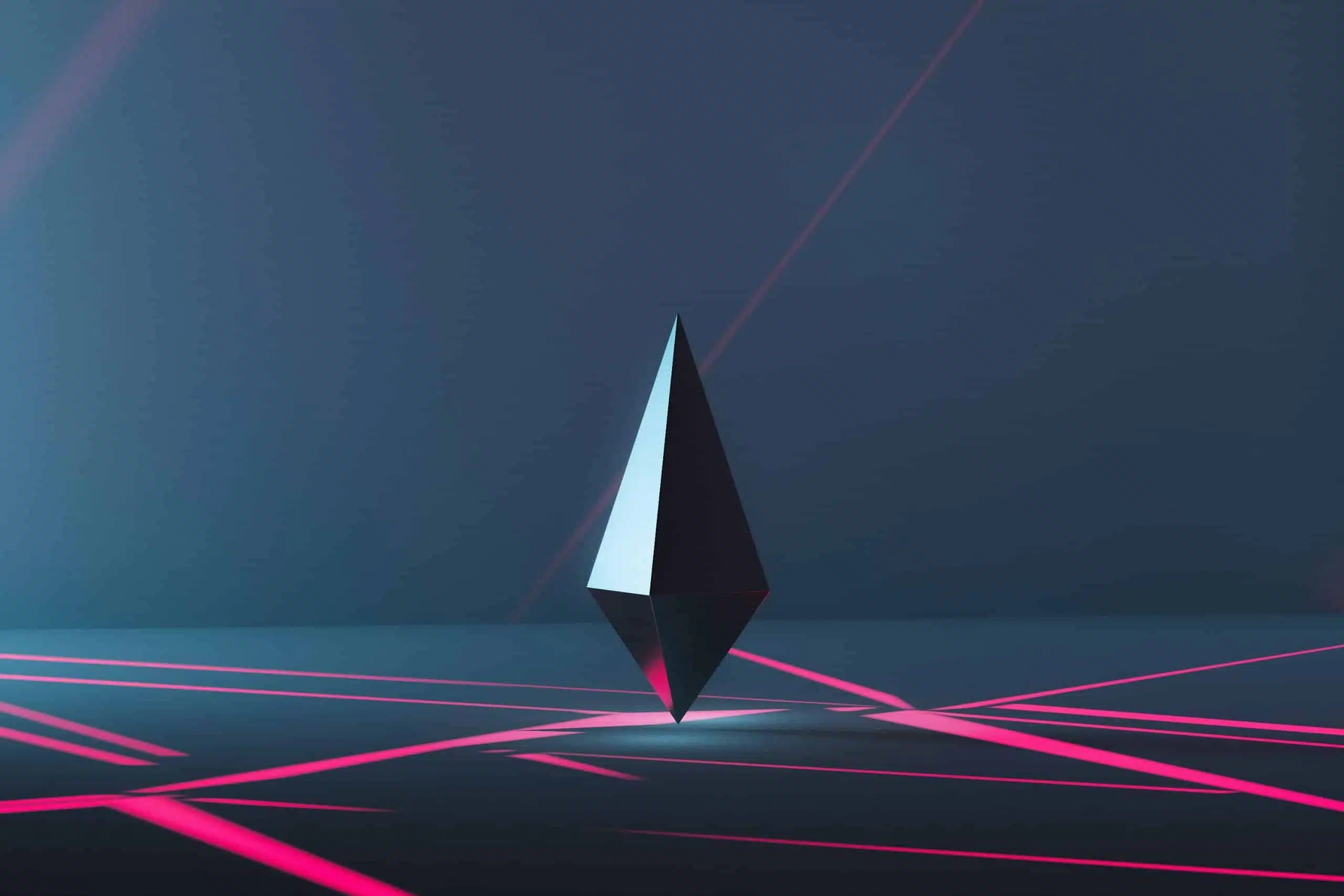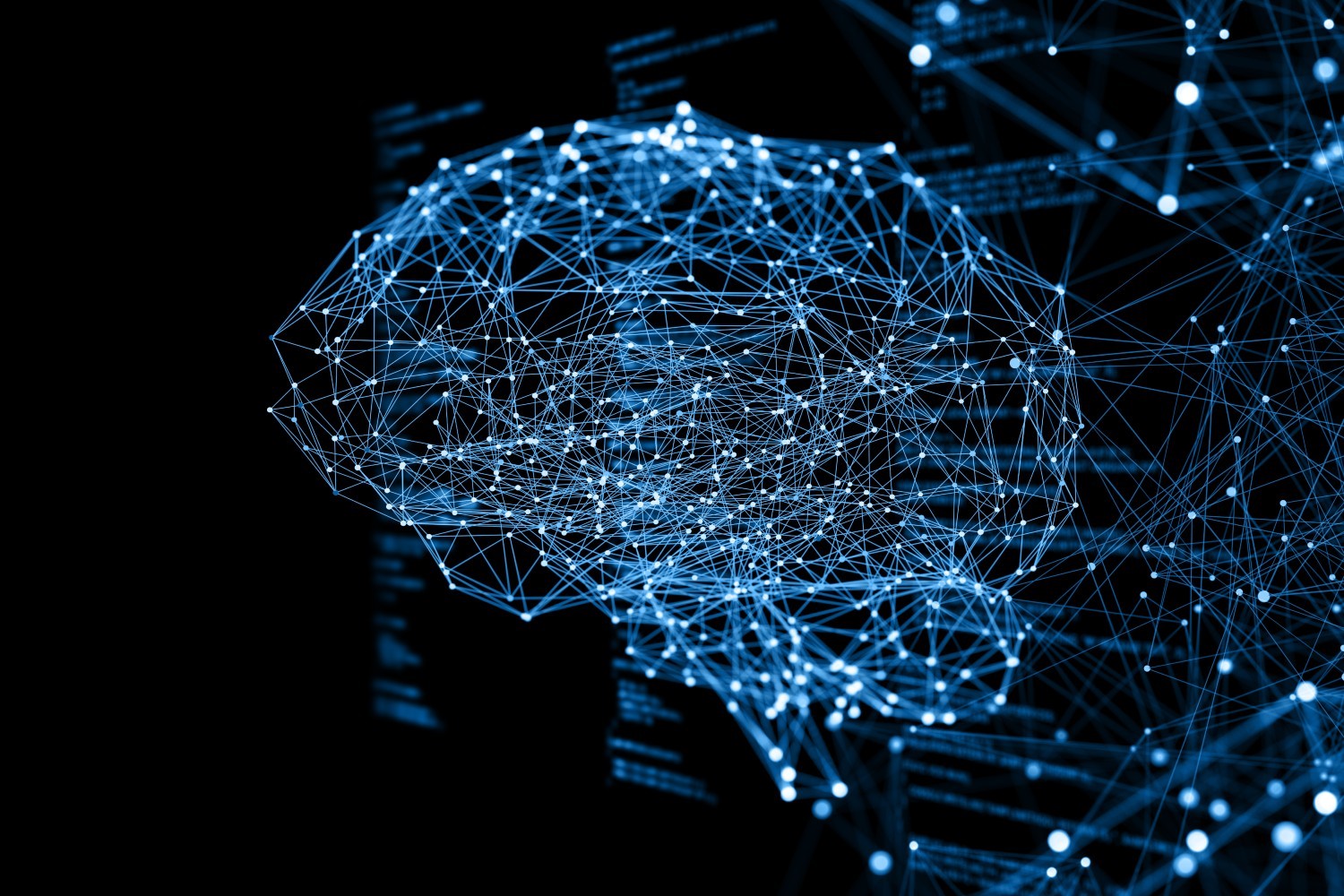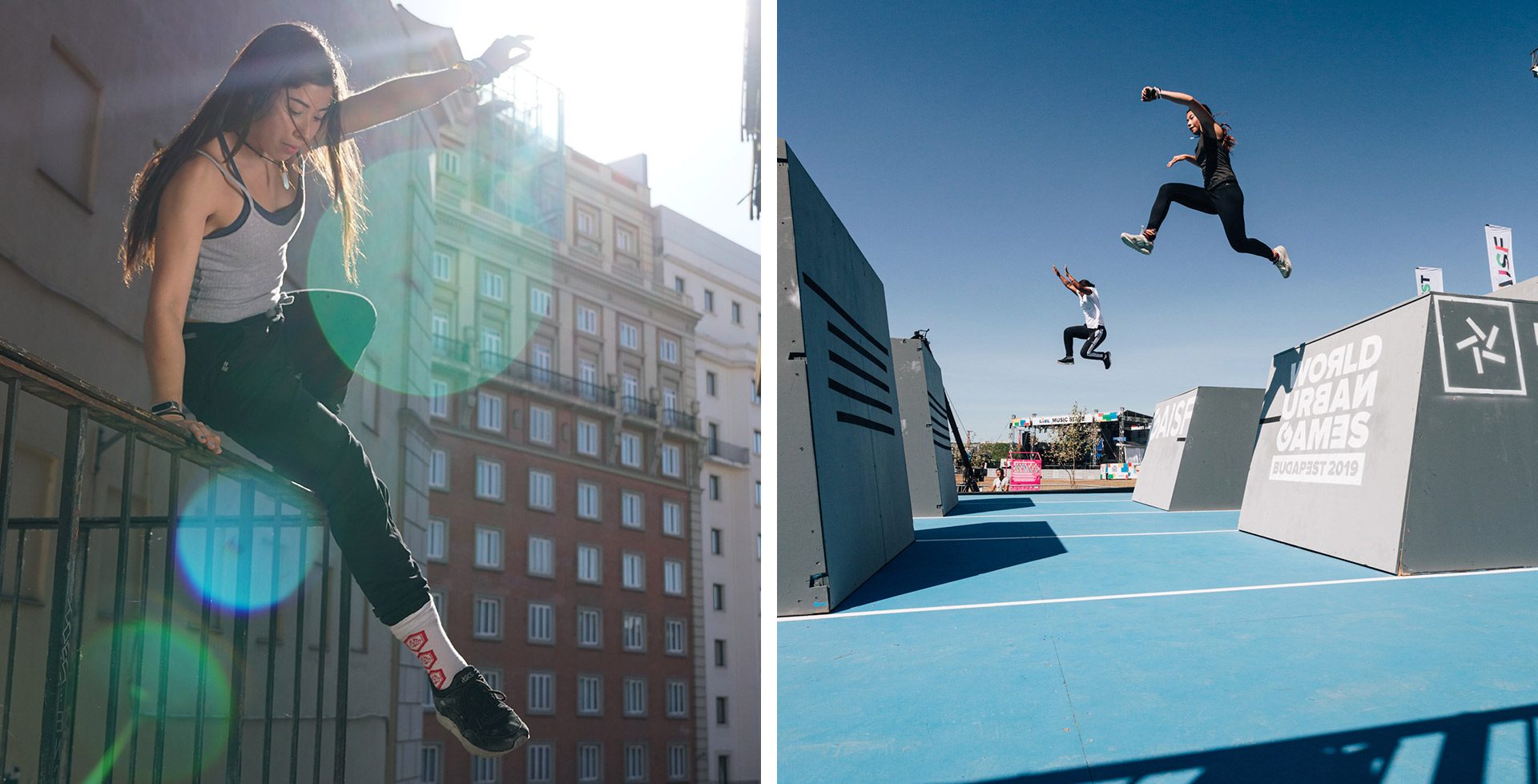PROJECTS
Use cases
We provide our clients with the following services from design to implementation
Web3 & Blockchain


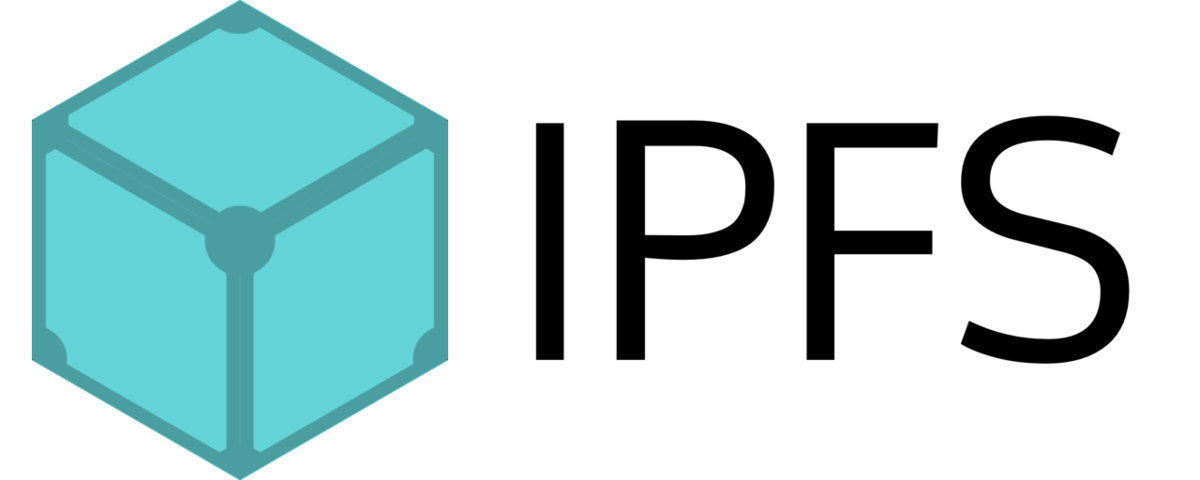









Digital Transformation
Digital Transformation of
professional football clubs
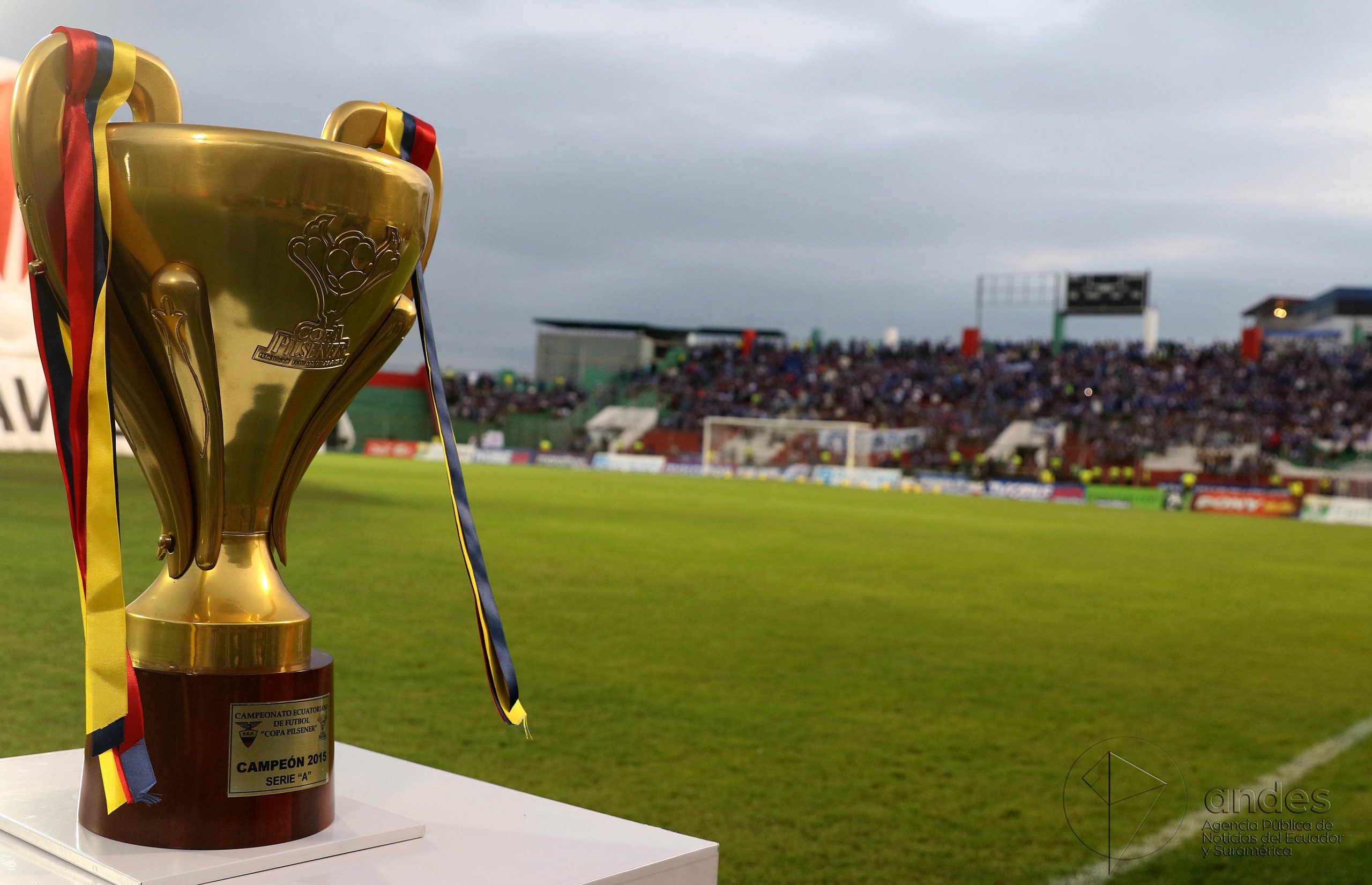
An Ecuadorian Serie A football club wanted to digitize all its departments to capture the full value of its data and make better decisions. The goal was to build a data lake that would unify all the data providers, cleanse and structure the data, and then deploy all the information in a Power BI solution.
The supplied solution began with the development of a Data Lake in Azure, which was then structured and processed using Databricks and Pyspark. The next step was to integrate all the numerous data sources from the club data providers and clean and structure them to create an initial data lake. Following that, the next phase was to define how the various departments wanted to visualize and operate with the data, as well as to prepare all the tables and views. After we have completed the previous phase, we will establish the analytical model and the relationships in Power BI between all the dimensions of data in order to have an automatic model capable of creating graphics and visualizations in an agile and optimal manner. The next phase was to define all the panels and graphics that the users wanted to visualize and work with. The solution is totally customizable and may provide both an overview and specific information on everything that is going on in a company.
Technologies / Tools:


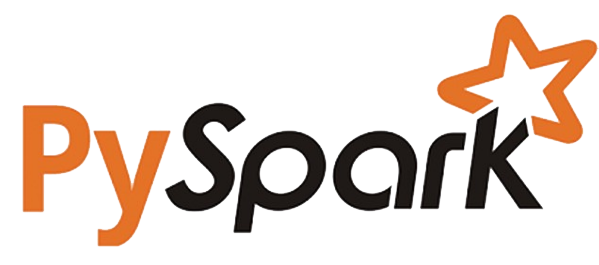
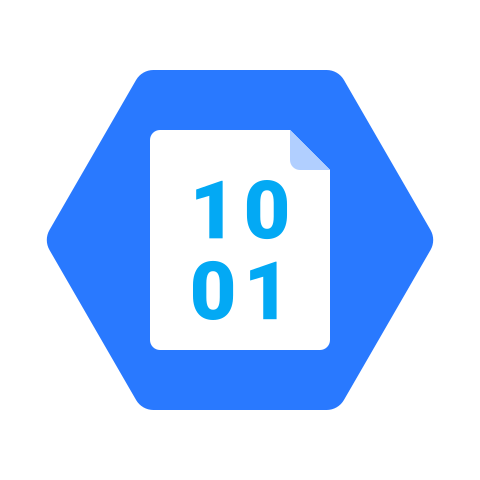
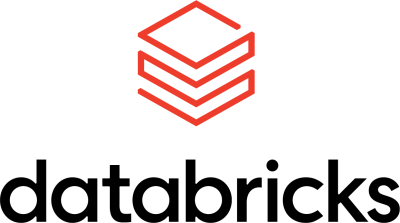
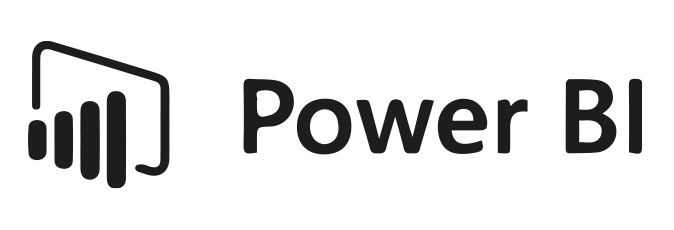












Artificial Intelligence
Computer vision applications for the retail sector
Accenture
We collaborated with Accenture to create many pilots and AI-powered platforms for the retail sector. They came to us expressly to explore if it was possible to create a system that could automatically detect shoplifting events and send an alarm to a distant screen. They also want a system that identifies empty spaces on supermarket shelves and provides alerts to workers to restock the products.
The partnership began with a definition of the most typical ways criminals steal merchandise from supermarkets. Based on it, we began working on the databases that would be used to train and evaluate the models and applications.
The approach presented was based on computer vision and deep learning techniques. The solution’s core consists in employing deep learning models to extract information about objects and important areas on the person’s body from video cameras placed along the shelves. We then used this data from tracking methods and traditional computer vision algorithms to extract temporal information from the items. Finally, all this spatial and temporal data is evaluated by hand-crafted algorithms to detect suspect behavior. The program was placed on an AWS cloud service and made available via an API for consumption by the front-end application, which displayed the camera image and the results of the algorithms.
In addition, to localize those empty spots, we construct an object identification model based on a cutting-edge neural network. We also created the database used to train the model in partnership with Accenture.
Technologies / Tools:

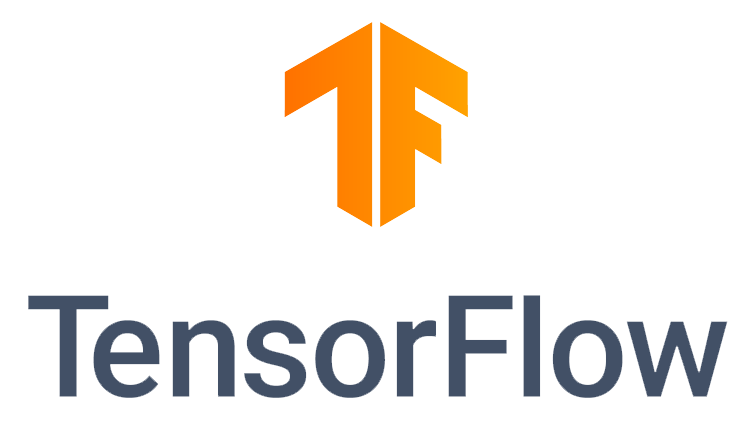
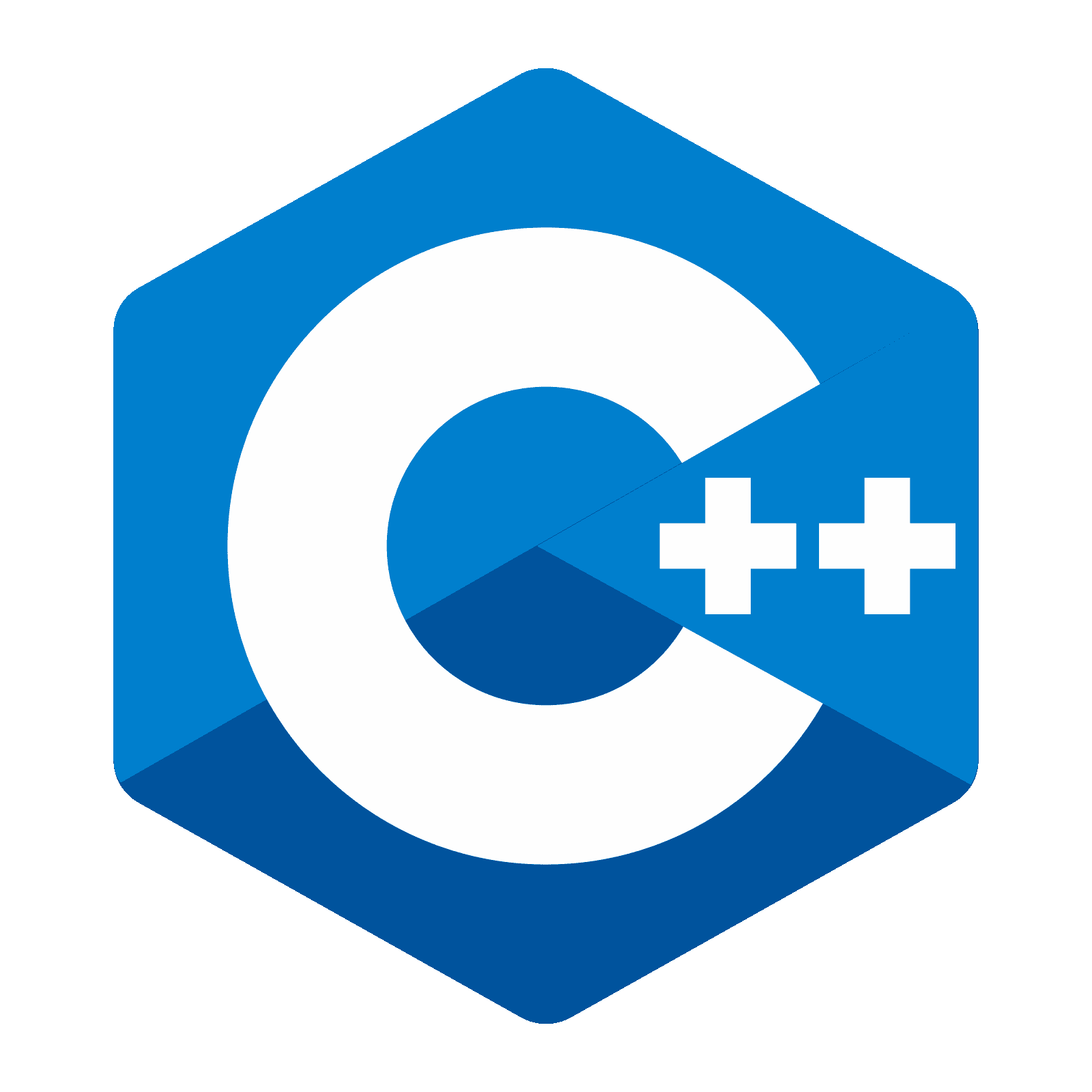












Security applications
Prosegur
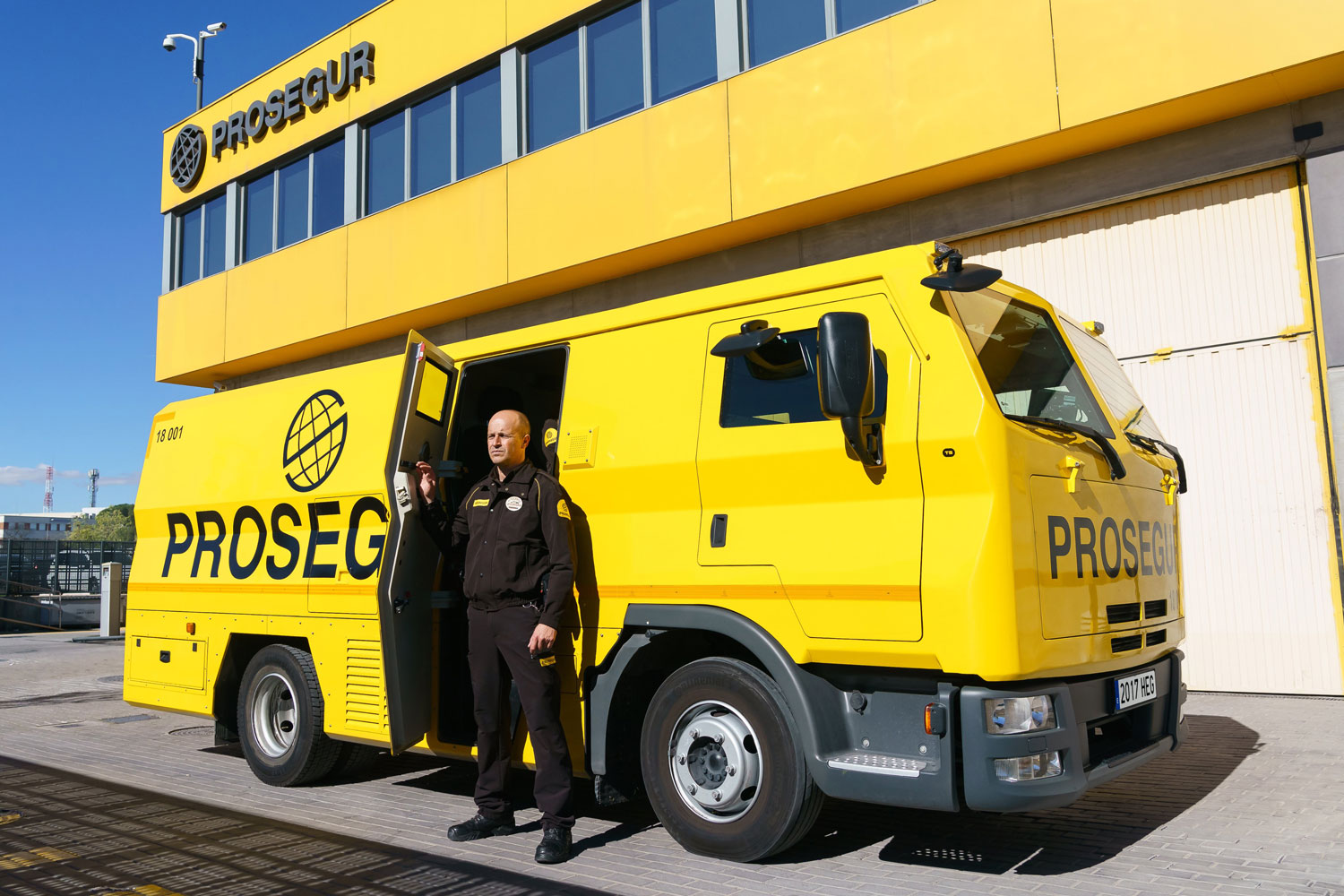
Prosegur is a globally recognized physical security firm with hundreds of cameras installed in both residential and commercial buildings. They intended to create several security AI applications for various use cases that would be used within their headquarters. Tampering, fall detection, zone restriction detection, and other use cases were among those they desired.
We collaborate with them in the development of these applications based on classical and state of the art computer vision algorithms. For some applications like tampering we use classical techniques like optical flow or background subtraction, meanwhile for more complex tasks such as mask detection we take advantage of more recent convolution network models. The models were deployed as edge applications, e.g. they were running on the devices themselves, sending the alerts to its event hub deployed on the cloud.
Technologies / Tools:


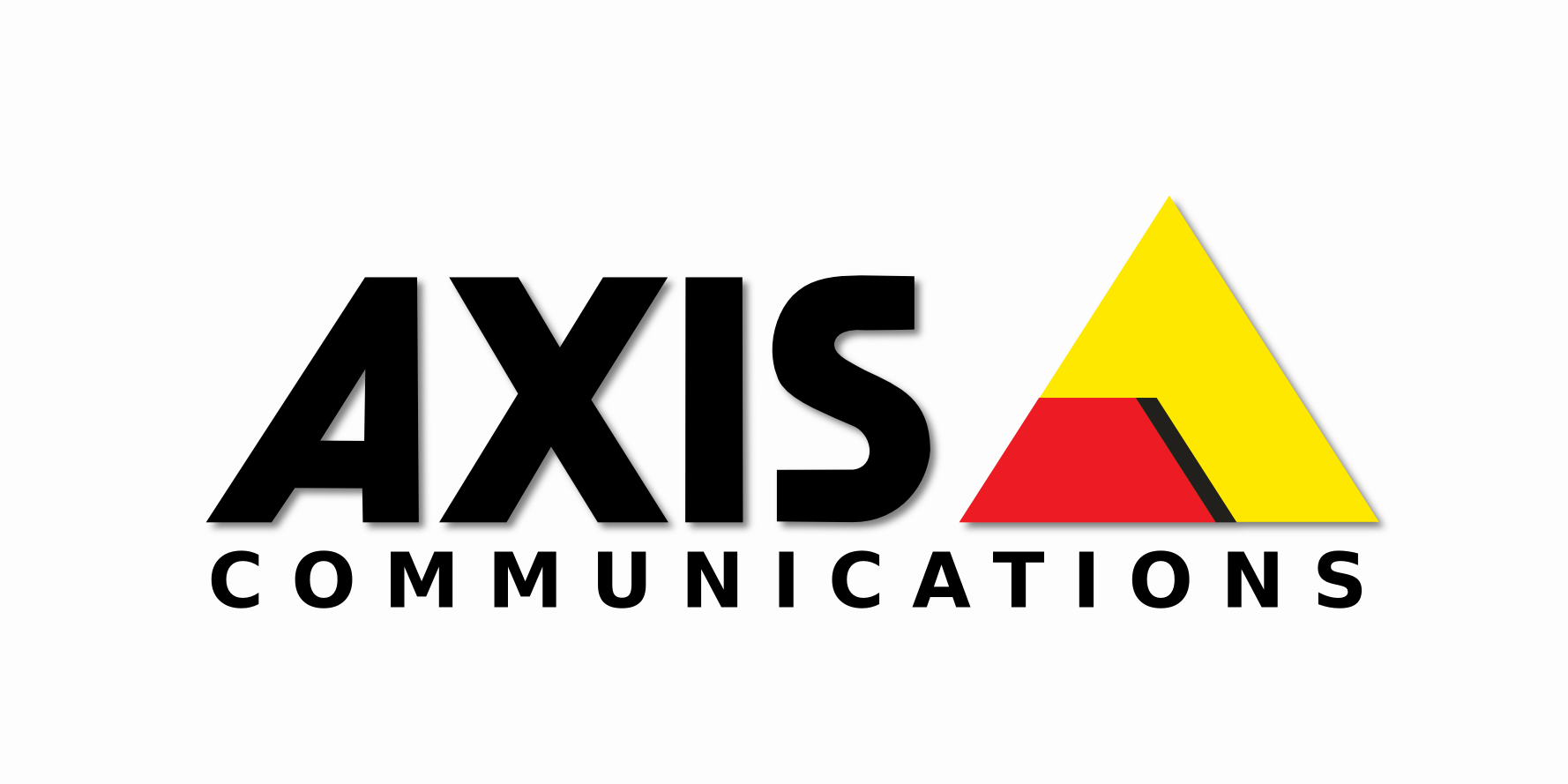












Post-production Special Effects applications (R&D)
ByDeluxe
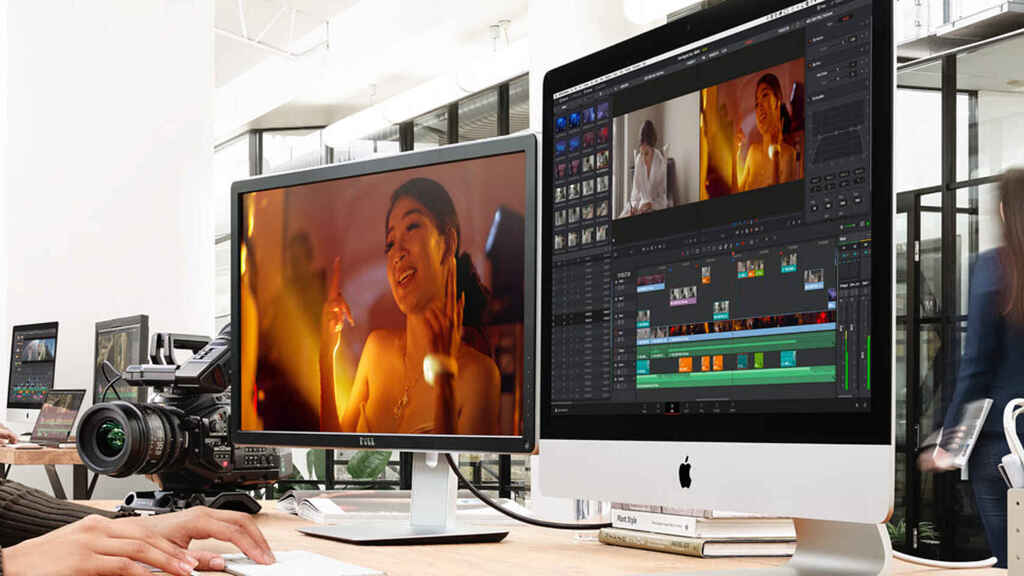
We worked as external consultants for ByDeluxe Spain providing a set of computer vision and deep learning tools based on state of the art methods to help automatize different post-production techniques like faceswap and facial rejuvenation of actors.
We define with ByDeluxe a set of useful tools, centered in computer vision VX, that will highly speed up the post-production process in a couple of Netflix series that they were working on. The process required to develop and test a wide range of state of the art methods focused in faceswap and facial rejuvenation, establish a train and test pipeline for the selected ones (based on DeepFakesLab) and integrate the solutions in the actual Nuke VX environment. Allowing the graphical designers to use the Deep Learning techniques as internal Nuke modules supported by the company servers infrastructure.
Technologies / Tools:


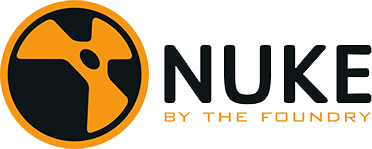












Computer vision R&D solutions focus in facial recognition
UPM and URJC
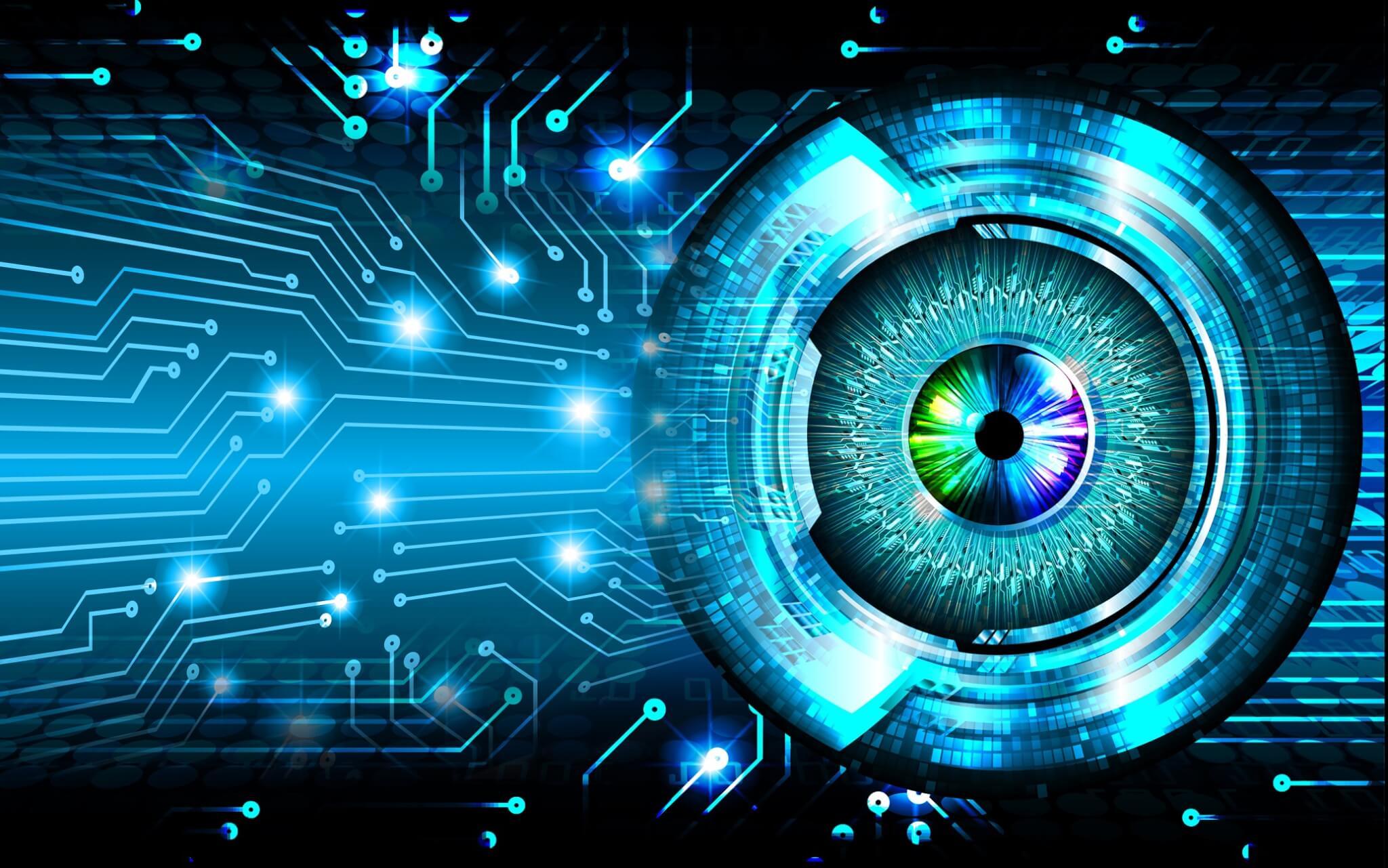
Collaborative research and development of facial landmark and head pose estimation systems with Universidad Politécnica de Madrid and Universidad Rey Juan Carlos. Publishing in some of the most relevant computer vision conferences: ECCV, CVPR and Pattern Recognition, etc.
We define a collaborative workflow with two of the most relevant Spanish universities, providing the researchers useful tools to train the deep learning models, as well as, a deployment pipeline to integrate the research in real time surveillance applications.
Technologies / Tools:
















